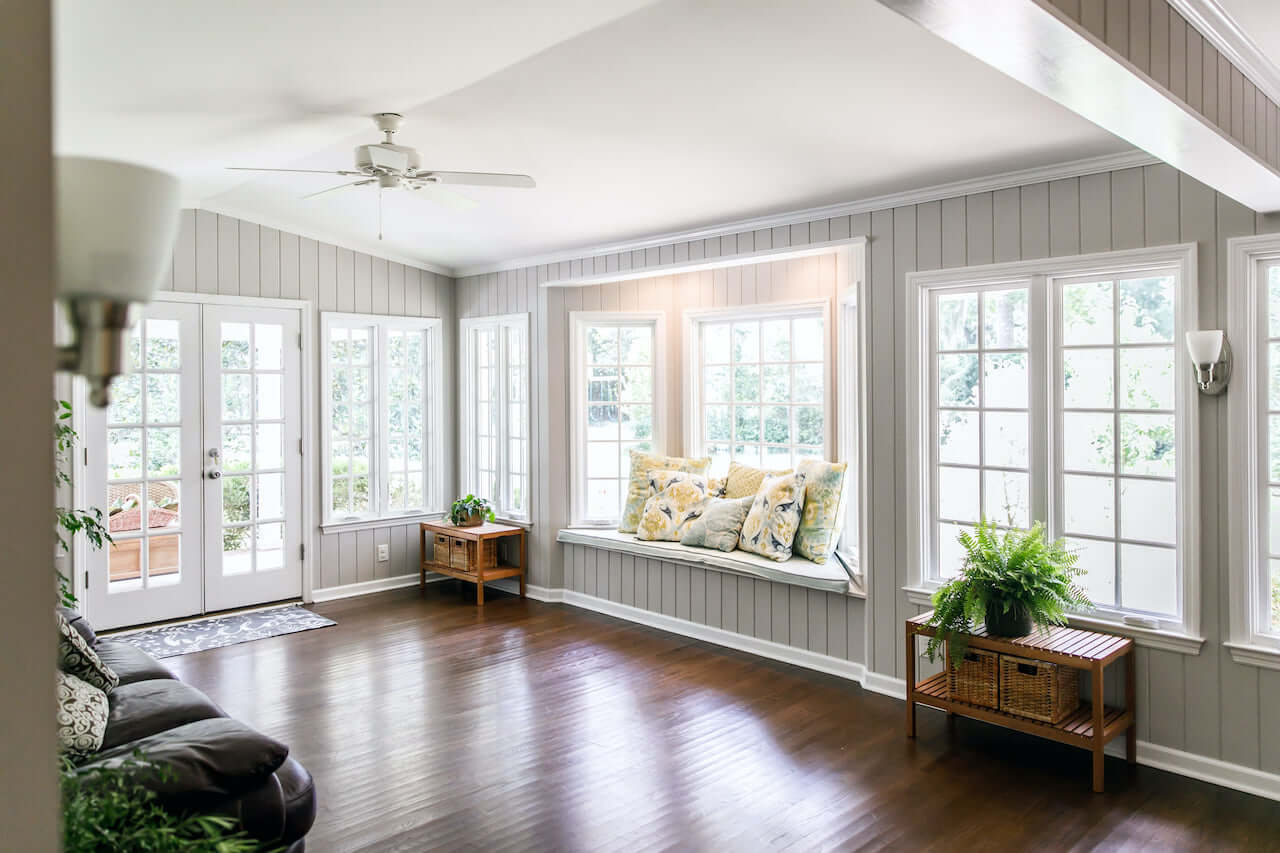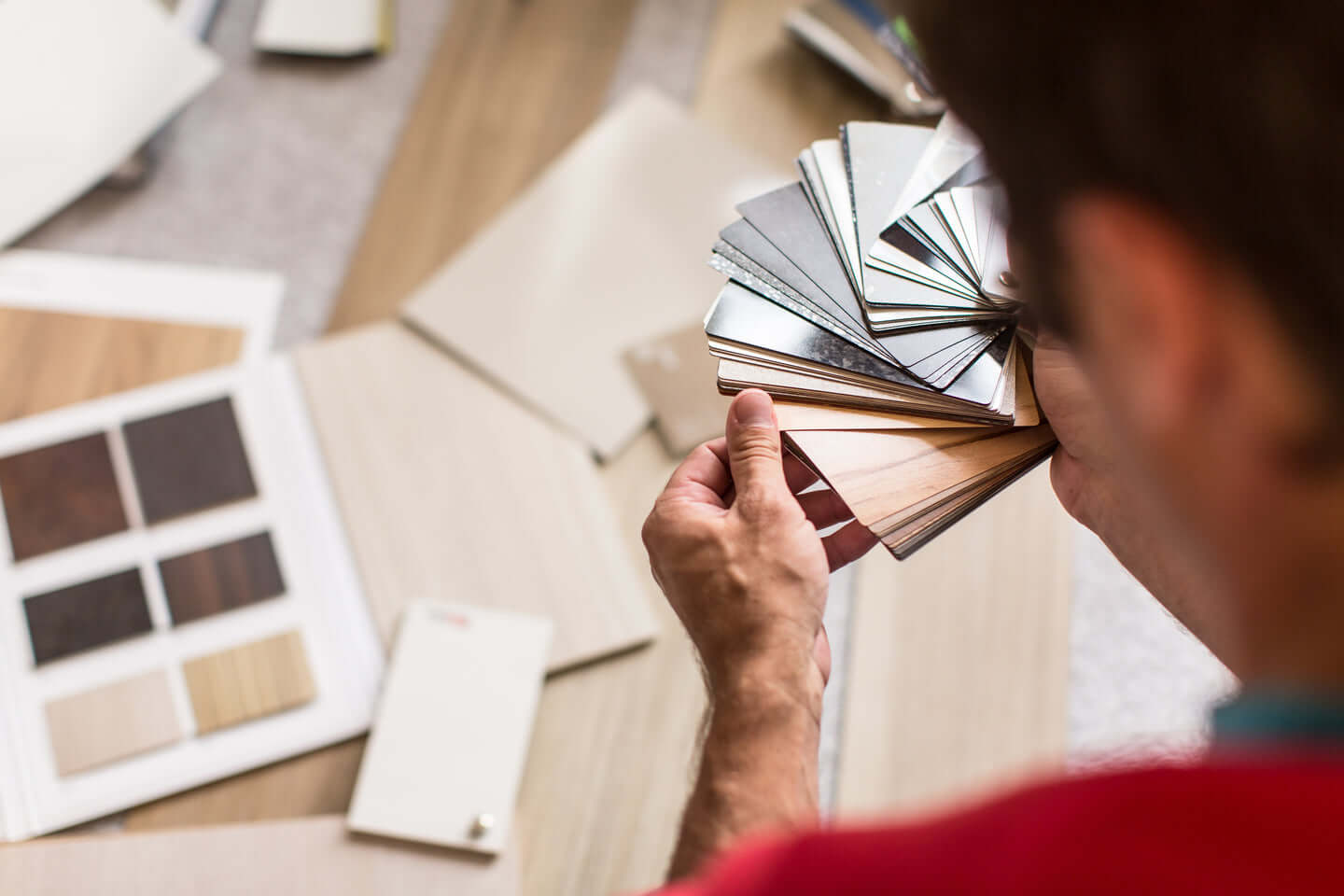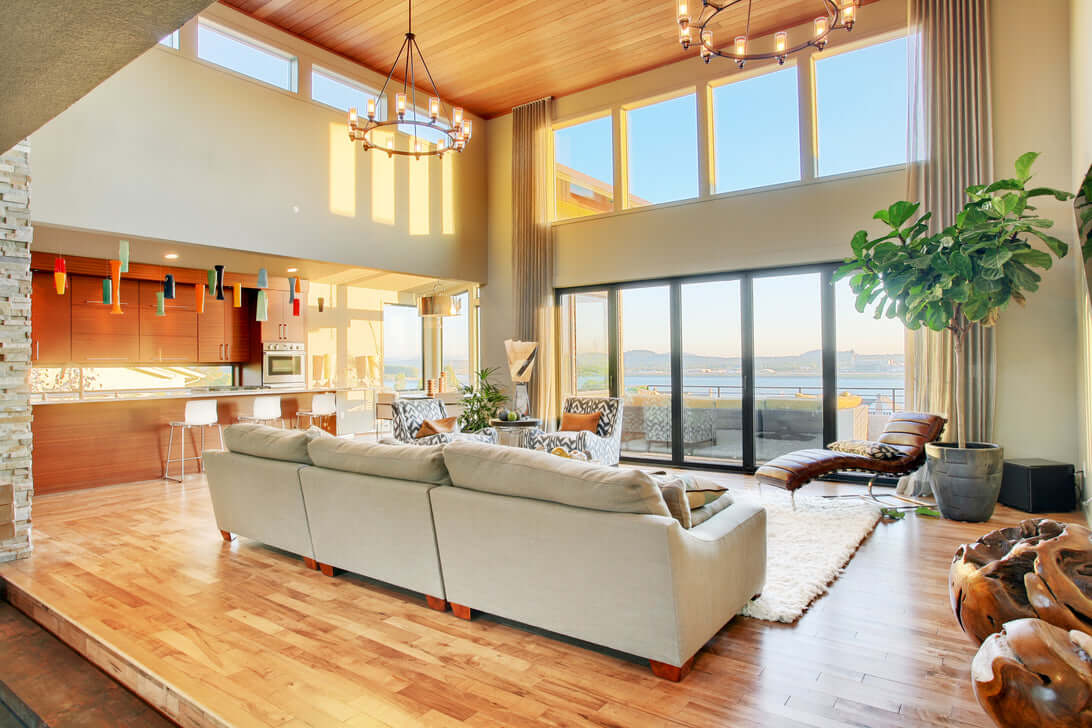
What Is the Ideal Temperature and Humidity for Hardwood Floors?
Hardwood floors are a dream for many of us. Few materials can match the elegance and comfort of a natural wood floor, which explains why they are one of the most popular choices in the country.
Although hardwood floors are desired by many, there are aspects to be aware of to keep your hardwood floors in pristine condition. For example, unpredictable heat and humidity can cause your floorboards to degrade. That's why you want to maintain the right environment in your house to get the most out of hardwood floors.
So today, the Harper Floors team is here to review the ideal temperature and humidity for hardwood floors. We will cover how heat and humidity affect hardwood and how you can protect your flooring from environmental damage. As a premier solid hardwood flooring company, Harper Floors provides industry-leading flooring products. Contact us today to discuss options!
Effects of Humidity Levels on Hardwood Floors
As most of us know, high humidity is one of the most common wood killers. Wood fibers can absorb moisture in the air, causing them to swell and lose rigidity. Excessive moisture exposure can cause wooden floorboards to rot, which can damage your walls and foundation.
On the other hand, low humidity levels also have a negative effect. Wood can shrink and become brittle in extremely dry climates. Maintaining ideal humidity and temperature levels is the trick to keeping your floor in top condition.
Below are some of the side effects of moisture exposure on hardwood floors and what you can do about them.
Opening of Seams
Generally, the seams between your floorboards should be more or less invisible and completely flat. During the winter, humidity levels can drop as low as 15%, especially if you turn the heat on. Just like excessively low humidity is bad for your skin, your hardwood floors feel the same effects.
As humidity falls, wood floors will release a portion of their moisture content, causing them to shrink and their seams to start to open up. When that happens, your floors look old and poorly installed. Plus, open seams in your floorboards expose your subfloor and make your flooring harder to clean.
Buckling of Planks
Buckling floorboards usually happen as a result of excessive moisture due to things like flooding or standing water. As the wood absorbs the water, it expands vertically near the center, causing it to separate from the subfloor and rise. Severely buckled floor boards will eventually crack, making replacement your only option.
Sometimes, you can fix buckled floorboards by drying and resealing them. You must act quickly, though, as the board will become permanently deformed if left alone.
Cupping and Crowning of Planks
Floorboard cupping and crowning are other common symptoms of excessive moisture. As moisture content rises, floorboards absorb that moisture in order to maintain equilibrium with its environment and will start to expand as a result. Expanding floorboards push on each other's edges, causing them to curve and push up. Crowning is when the center of the floorboard expands and rises, creating a small hump.
Cupping and crowning can result from humidity in the air or water infiltration in your subfloor or foundation. Unrelated to moisture, cupping and crowning can also be a result of excess sanding of floorboards.
Deformation of Planks
Wood will warp and change shape when its moisture content changes due to fluctuations in temperature and humidity of its environment. That means wood warping can be a result of high humidity /temperatures, as well as low humidity/temperatures. Deformation can cause flat boards to curve and buckle, ruining their structural integrity.
Hardwood Floors and Changing Temperatures
Humidity levels generally correlate directly with temperature levels. Hot air typically has a higher moisture content, while cold air has a lower moisture content. High heat tends to bring moisture into your home during the spring and summer, which your floorboards absorb.

Conversely, cold weather saps the moisture out of the air, causing floorboards to dry out, shrink and crack. Temperatures throughout the year can vary significantly depending on where you live, so you'll want to maintain consistent indoor temperature and humidity to help preserve your hardwood floors.
Optimal Humidity Levels and Temperature
Optimal humidity and temperature levels depend on what specific type of wood your floors are. For example, cedar is more resistant to environmental changes as compared to other species like birch or maple.
However, the ideal temperature and humidity for hardwood floors are between 35% and 45% at standard room temperature (~65 degrees F). Depending on where you live, maintaining a consistent indoor environment may naturally take a few additional steps.
How to Regulate Moisture and Temperature for Hardwood Floors
Now that we’ve discussed the importance of keeping temperatures and humidity levels in check, we’ll walk you through the steps of how to do just that. Whenever possible, the first step is to measure humidity and temperature during pre-installation procedures. Doing so makes it easier to know what you're getting into with maintaining your floors and what “equilibrium” means for you.

Below are some tips for when you're aiming for the ideal temperature and humidity for hardwood floors.
Install a Hygrometer
A hygrometer is a special instrument that measures relative humidity levels in the air. Hygrometers differ in design from low-budget, digital versions to elaborate, wall-mounted models. Regardless of which type you choose, having a hygrometer allows accurate readings of relative humidity levels indoors.
Clean Liquids Quickly
Liquid spills are one of the most common causes of floorboard deformation. Make sure you clean up spills immediately. If you find any standing water, remove as much as possible and position a fan to fully dry the affected area if necessary. Being diligent about liquid spills is one way to stave off humidity and moisture damage.
Invest in a Humidifier/Dehumidifier
If you live in a dry area, like the Southwest, you should consider investing in a humidifier. Modern humidifiers have programmable settings that sense and automatically adjust to maintain consistent relative humidity levels. As a bonus, humidifiers can help with respiratory conditions in dry places.
Similarly, a dehumidifier for wet areas is a good idea. Dehumidifiers pull moisture out of the air, keeping things clean and dry. You can also program dehumidifiers to turn on automatically once humidity exceeds a set level.
Keep Windows Open on Nice Days

Your home can trap moisture, even if the weather is not particularly hot or cold. One solution is to turn off the AC and keep your windows open on days with mild weather. Opening windows stimulates airflow, which prevents stagnant air from saturating with moisture.
Only Use Manufacturer-Approved Cleaning Solutions
Different flooring manufacturers use various treatments to finish and protect their wood floor products. Be sure to check your floor’s manufacturer’s guidelines for cleaning tools and solutions that are made for your wood floor’s particular finish.
Regularly Service Your HVAC System
Your HVAC plays an integral role in maintaining temperature and, by extension, humidity levels. In fact, one of the most common signs of a malfunctioning air conditioner is excess moisture.
Regular and consistent service keeps your HVAC going strong so it can regulate moisture levels. Changing filters and cleaning coils prevents moisture build-up and mold growth that can take root in wooden floors.
Choose Hardwood Flooring From Harper Floors
Maintaining the ideal temperature and humidity for hardwood floors is arguably the best way to keep your floors in its original condition for years to come. Avoid expensive maintenance and unnecessary repairs down the line but following the steps mentioned above. Check out our blog to discover more about the ins and outs of wood floors, such as the Janka hardness scale and how it relates to wood flooring. If you would like to learn more about our hardwood flooring product selection, contact us online or call toll-free at (888) 807-2704!



